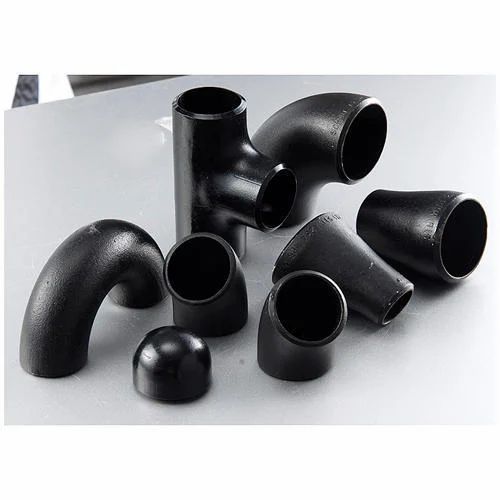Welding fittings are crucial components in various industries and construction projects, enabling the connection and flow of fluids or gases in a secure and efficient manner. Malaysians involved in welding processes should have a solid understanding of welding fittings to ensure the successful completion of their projects. In this article, we will explore the different types of welding fittings, their usage, and their importance in Malaysia.
Types of Welding Fittings
Butt Weld Fittings:
Butt weld fittings are commonly used in Malaysia for their excellent strength and durability. These fittings are welded directly to the pipe, ensuring a leak-free joint. The most frequently used butt weld fittings include elbows, tees, reducers, and caps.
Socket Weld Fittings:
Socket weld fittings are widely used in smaller pipe sizes and low-pressure applications. They have a socket-like end that allows pipes to be inserted and welded into the fitting. Socket weld fittings are popular for their ease of installation and disassembly, making them suitable for temporary connections.
Threaded Fittings:
Threaded fittings have threads on their inner and outer surfaces, enabling them to be screwed onto pipes. They are commonly used in applications where regular disassembly is required, such as maintenance or repair work. Threaded fittings are available in various materials and sizes to suit different pipe systems.

Usage of Welding Fittings
Industrial Applications:
Welding fittings play a vital role in industries such as oil and gas, petrochemicals, power generation, and manufacturing. These fittings are used to connect pipes, valves, and equipment, ensuring a reliable and efficient flow of fluids or gases. They are crucial for maintaining the integrity and safety of the entire system.
Construction Projects:
In the construction industry, welding fittings are indispensable for joining pipes in plumbing, HVAC (heating, ventilation, and air conditioning) systems, and structural frameworks. The correct selection and installation of welding fittings are crucial for ensuring the longevity and reliability of these systems, minimizing the risk of leaks or failures.
Importance of Welding Fittings
Leak Prevention:
Properly installed welding fittings create strong and secure connections, minimizing the risk of leaks. In industries where hazardous materials are transported or processed, such as oil and gas, leak prevention is of utmost importance to maintain the safety of workers and the environment.
Durability and Strength:
Welding fittings are designed to withstand high pressures, temperatures, and mechanical stresses. They are built to last, ensuring the longevity and reliability of piping systems. By using high-quality welding fittings, Malaysians can have confidence in the durability and strength of their installations.
Conclusion
Welding fittings are essential components in various industries and construction projects in Malaysia. By understanding the different types of welding fittings, their usage, and their importance, Malaysians involved in welding processes can make informed decisions when selecting and installing these fittings. Whether it’s for industrial applications or construction projects, using the right welding fittings ensures leak-free connections, durability, and the overall safety and reliability of piping systems.
